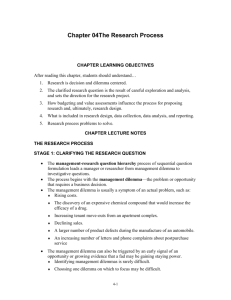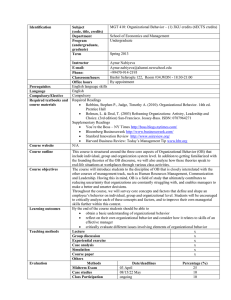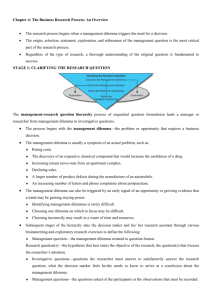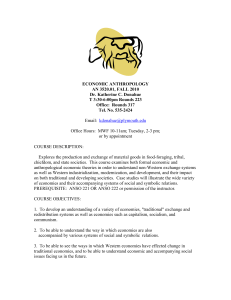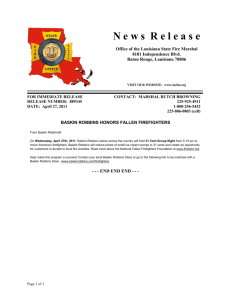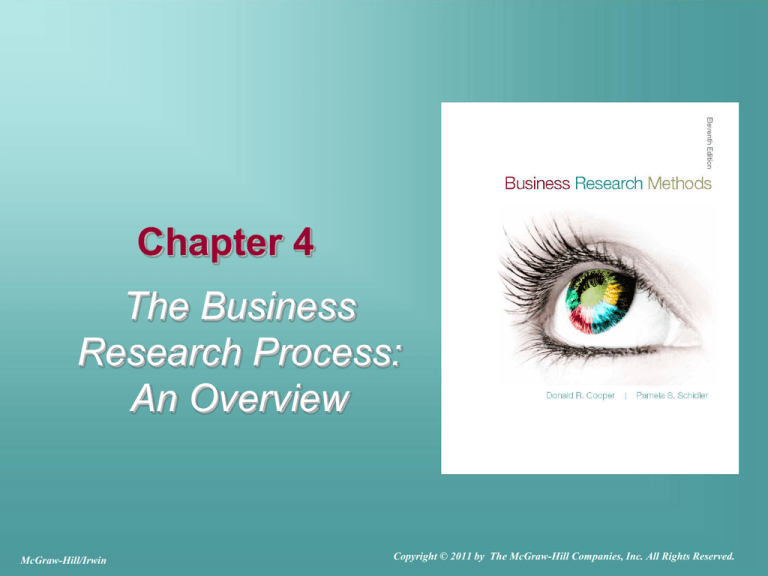
Chapter 4
The Business
Research Process:
An Overview
McGraw-Hill/Irwin
Copyright © 2011 by The McGraw-Hill Companies, Inc. All Rights Reserved.
Learning Objectives
Understand …
• That research is decision- and dilemmacentered.
• That the clarified research question is the
result of careful exploration and analysis
and sets the direction for the research project.
4-2
Learning Objectives
Understand . . .
• How value assessments and budgeting
influence the process for proposing research,
and ultimately, research design.
• What is included in research design, data
collection, and data analysis.
• Research process problems to avoid.
4-3
Curiosity Drives Research
“Learning to ask empowering questions—
especially in moments of crisis—is a
critical skill that will ultimately shape the
meanings you create.”
Anthony Robbins
founder
Robbins Research International, Inc.
4-4
PulsePoint:
Research Revelations
49
The percent of hiring managers who
discovered a lie on a résumé .
4-5
Purpose of Research
Reduce
the level of
risk of a
business
decision.
4-6
Evaluating the
Value of Research
Option Analysis
Decision Theory
Prior or Interim Evaluation
Ex Post Facto Evaluation
4-7
Research Process
4-8
Stage 1: Clarifying the Research
Question
Management-research question hierarchy process
begins by identifying the management dilemma
4-9
Stage 2: Proposing Research
Budget Types
•Rule-of-thumb
•Departmental
•Task
4-10
The Research Proposal
Purpose
Legallybinding
contract
Methods
Written
proposals
establish
Obligations
Extent
Timing
Delivery
Budgets
4-11
Stage 3:
Designing the Research
4-12
Stage 3: Designing the Research
Research
Design
The
Research
Project
Sampling
Design
Pilot Testing
4-13
Stage 4: Data Collection
4-14
Collecting Sensitive Data
Demands Safeguards
Scotts used a
healthcare
management
company to collect
sensitive wellness
data during annual
health assessments
to preserve
participant
confidentiality.
4-15
Data Characteristics
Abstractness
Verifiability
Elusiveness
Closeness
4-16
Stage 5:
Data Analysis &Interpretation
4-17
Steps in Data Analysis and
Interpretation
Reduce data to manageable size
Develop summaries
Look for patterns
Apply statistical techniques
4-18
Stage 6:
Reporting the Results
4-19
Parts of the Research Report
Research
Overview
Executive
Summary
Research
Report
Technical
Appendix
Implementation
Strategies
4-20
The Research Report Overview
Problem’s background
Summary of exploratory findings
Research design and procedures
Conclusions
4-21
Research Process Problems to
Avoid
• Ill-defined management
problem
• Unresearchable
questions
• Politically-motivated
research
4-22
Research Process Problems to
Avoid
• Company Database
Strip-Mining
• The FavoredTechnique Syndrome
4-23
Key Terms
• Census
• Data
–Primary data
–Secondary data
• Data analysis
• Decision rule
• exploration
• Investigative questions
• Management dilemma
• Management question
• Management-research
question hierarchy
• Pilot test
• Research design
• Research process
• Research questions
• Sample
• Target population
4-24



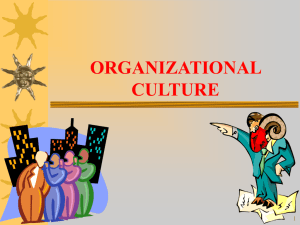
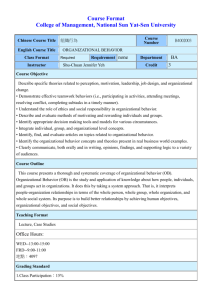
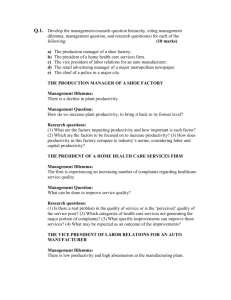

![The Next 50 Years: Imagining the University of the Future [PPT 2.25MB]](http://s2.studylib.net/store/data/015030210_1-a54d391ee5cd497a682b0e9466b5743e-300x300.png)
